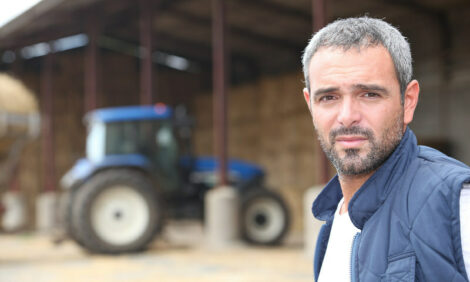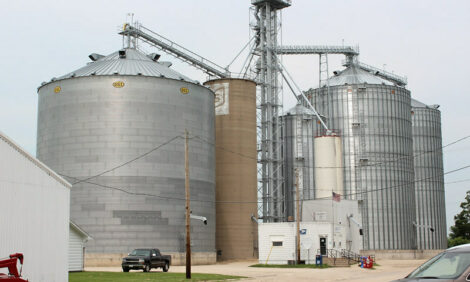



Crisis Slows Efforts to Reclaim European Beef Market
KENYA - The land invasions experienced in Laikipia County could slow down Kenya’s efforts to reclaim its beef export quota to the European Union, which it lost 25 years ago.DailyNation reports that failure to control livestock diseases, especially Foot and Mouth, led to loss of the 4,000 tonnes a year sale, the country’s largest.
Eight of the ranches now grappling with land invasion and uncontrolled grazing are breeding centres for the improved Boran cattle and had been declared disease-free.
“Laikipia was one of the few areas in Kenya that was declared disease-free, with the hope of gaining access to these export markets,” said James Brooks, a businessman with 30 years’ experience in cattle trade.
He said whatever ground had been covered could be lost if the necessary steps are not taken to protect the zone.
There are also fears that the invasions could affect the resumption of improved Boran cattle embryo exports to South Africa and lead to loss of genetics developed over many years. The programme had been stopped in 2014.
As part of the efforts to recapture the EU beef market, the government had initially earmarked the Laikipia-Isiolo complex for the establishment of a disease-free zone as a Vision 2030 flagship project.
But due to the cost and complexity of implementing it, the concept was abandoned in 2009 in favour of establishing compartments within the ranches.
In the absence of an exports market for their beef, ranchers have been selling meat to high-end butcheries in Nairobi.
Mr Brooks said the beef industry in Laikipia has almost come to a standstill as animals belonging to herders deplete pasture, forcing ranchers to move their animals elsewhere or supplement their food.
In addition, breeders are spending heavily on veterinary medicine, dips and vaccines, which increase the cost of production.
One of the affected ranches is Segera, which has now been forced to spend extra money to supplement animal feeds.
“None of their stock is going to the market now. It is purely a matter of survival until the invading cattle leave and the rains bring some respite,” said Giles Prettejohn, a consultant on cattle breeding.
Laikipia County director of veterinary services Daniel Thuo attributes depressed livestock sales to the prolonged drought as opposed to the entry of other cattle.
Other affected beef producing ranches are Kifuku, Lombara, Suyian, Sosian, Ol Maisor, Mugie and Ole Naishu, according to Mr Prettejohn.
“Once the rains come, it will take a good four months to get cattle ready for the market. But due to the condition of the breeding cows, their calving will be delayed, resulting in production losses for the next year at least,” he said.
Laikipia ranches are the bedrock of Boran and, to a smaller extent, Sahiwal cattle in Kenya.
In the past, the country has exported live animals, semen and embryos from these ranches to Tanzania, Uganda, Zambia, Zimbabwe, South Africa and Australia.
These genetics have also been sent onwards to Namibia and several countries in South America. The United States of America is also said to have imported Borans for research.
According to Mr Brooks, breeding cattle and developing high yielding bloodlines is a slow process.
“Our advantage is the enormous gene pool we have as our herds are larger and our ability to bring new genetics from pastoralist areas under controlled conditions and upgrading them to produce animals that commercial beef producers all over the world want,” he said.
He said the crisis would have a huge impact on ranchers and the entire country as generations of work could be lost.
Ol Pejeta has a modern embryo production facility, partially funded by investors from South Africa. Although there is no active embryo export programme at the moment, there are fears that invaded ranches could be exposed to various diseases which could affect future exports.
The crisis started at a time when the Boran Cattle Breeders Society was negotiating with South Africa, Namibia, Zimbabwe and Paraguay on supplying genetics to them.
South Africa has more Boran breeders but much smaller herds compared with Kenya. But the ancestry of the animals can be traced to specific herds from Kenya.
Locally, the county government of Laikipia could be losing millions of shillings in uncollected revenue from cattle movement and veterinary permits, which illegal herders do not pay.
Farmers pay Sh100 cess per cattle to the county government.
TheCattleSite News Desk


